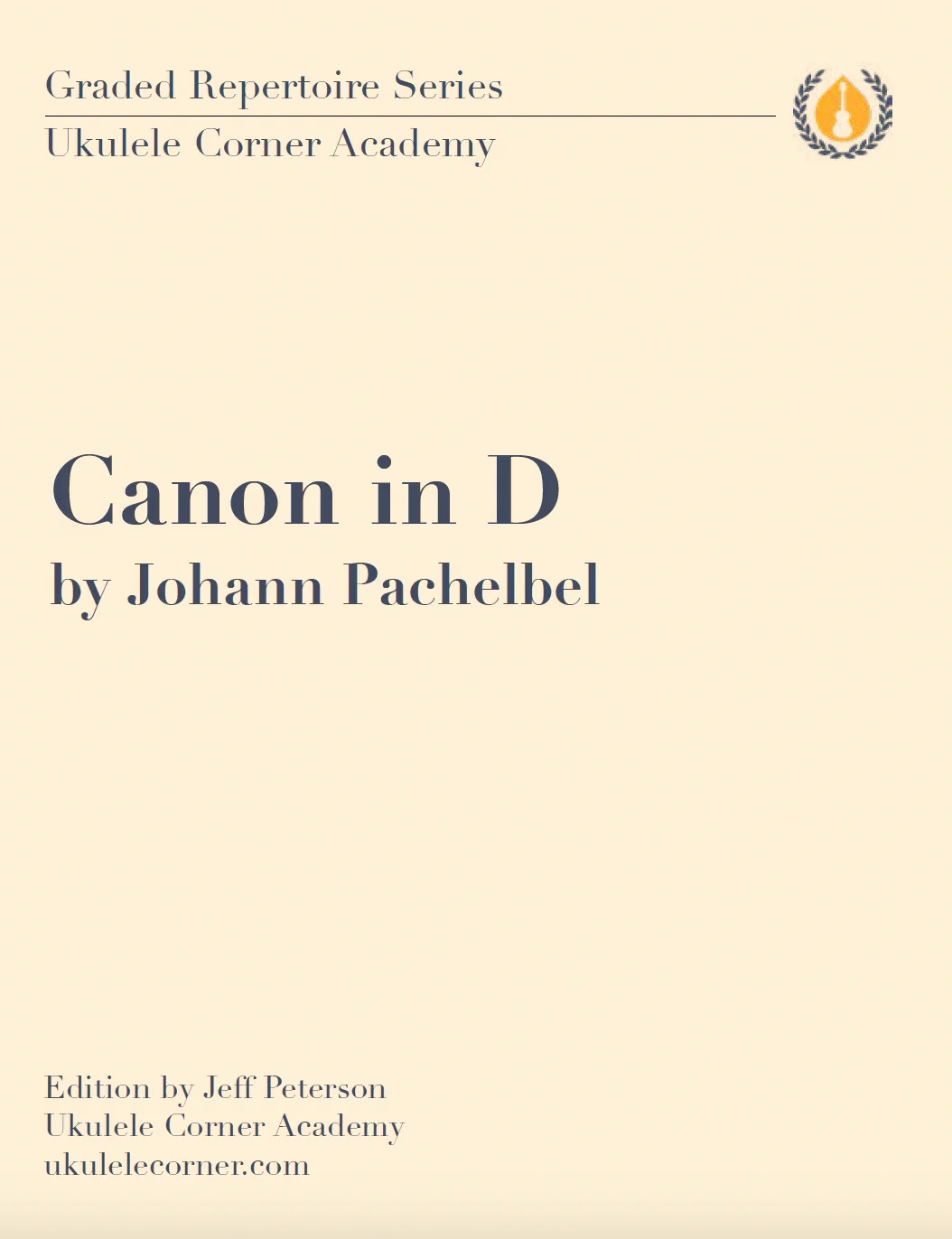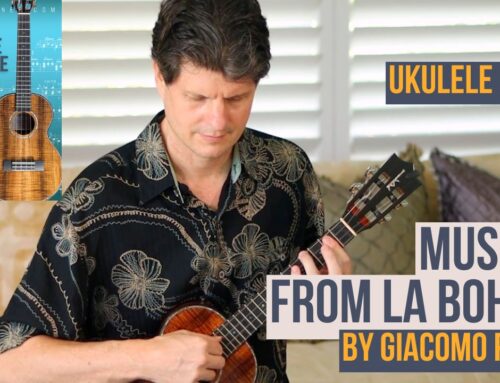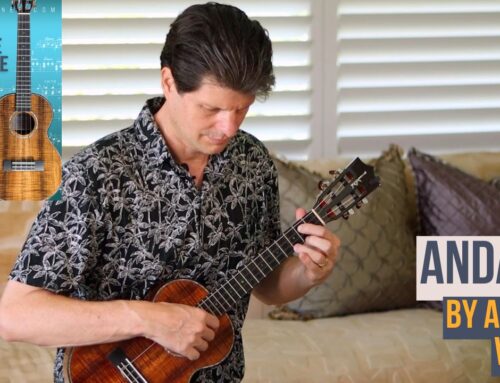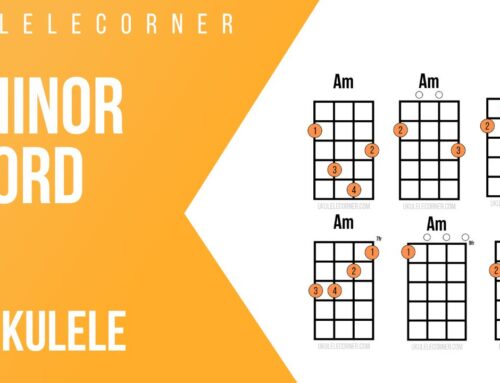Pachelbel Canon in D for Ukulele
Check out this performance of the Pachelbel Canon in D for ukulele. This arrangement is for Low G ukulele.
The Canon in D (P 37) by German Baroque composer Johann Pachelbel was originally for three violins and basso continuo. The continuo provides the harmony with an ostinato bass that plays the same harmonic notes throughout. To create the canon, each violin enters two measures after the previous one began.
Because the theme unfolds in a series of variations over a repeated ground bass, many note that the form of the piece is very similar to a chaconne or passacaglia.
The Canon was originally meant to be paired with a Gigue that would follow.
Go here to purchase a copy of this beautiful arrangement at Ukulele Corner.
Canon in D by Pachelbel: Score with TAB
This is just one of Jeff’s many wonderful arrangements of classical masterpieces for ukulele. You can find scores with TAB along with full video lessons and performances of these arrangements at Ukulele Corner Academy. The Academy has a comprehensive curriculum to guide your progress learning ukulele. We will take you beyond just strumming chords or accompanying singers to learning solo fingerstyle songs and wonderful arrangements like Pachelbel’s Canon.





Hi Jeff, I’m new to classical music and I see there’s notation above the music (ie. 1/2CV, 3/4CVII, 3/4CII, etc). Can you tell me what that means, or where I might get clarification? Thanks!
Hi Erich,
Those symbols are for barre chords where you lay your left hand first finger across multiple strings. 1/2 means half the strings (1st and 2nd) 3/4 means three out of the 4 strings (1st, 2nd, and 3rd). The roman numeral is the position or fret where you place your 1st finger.